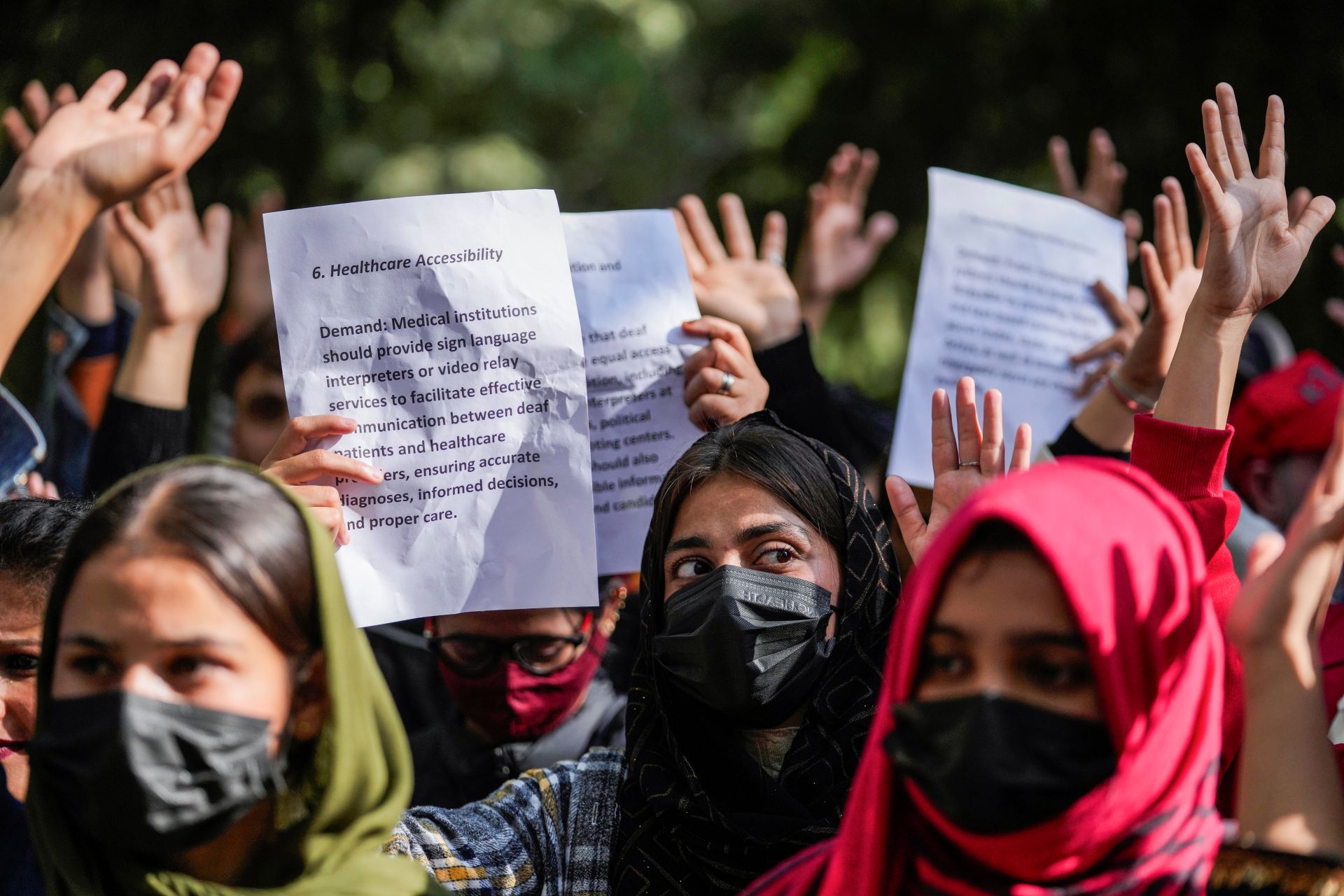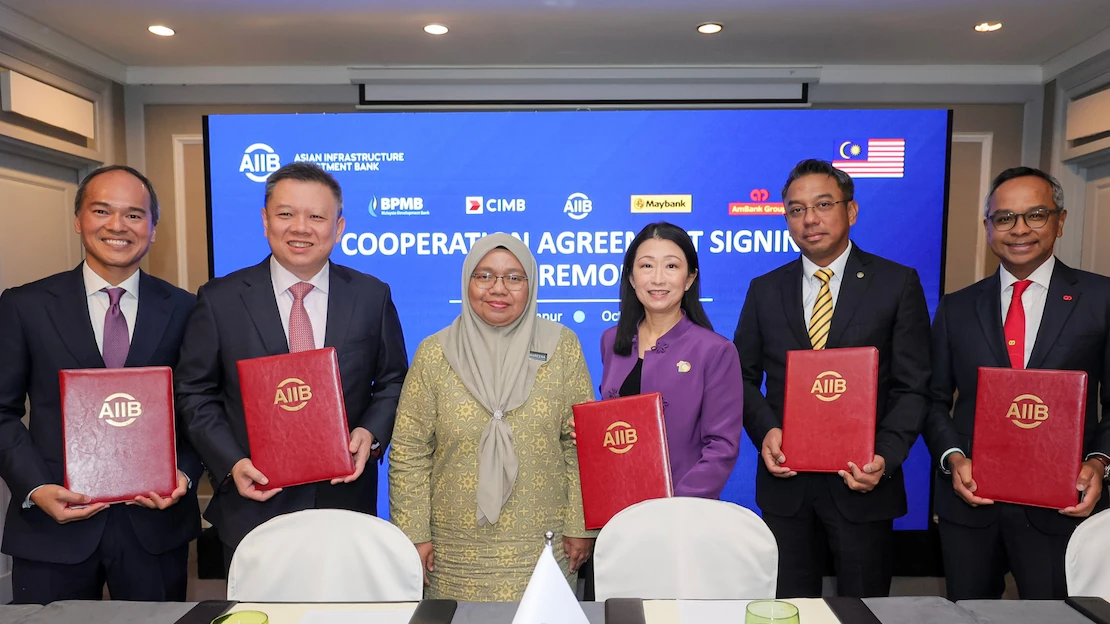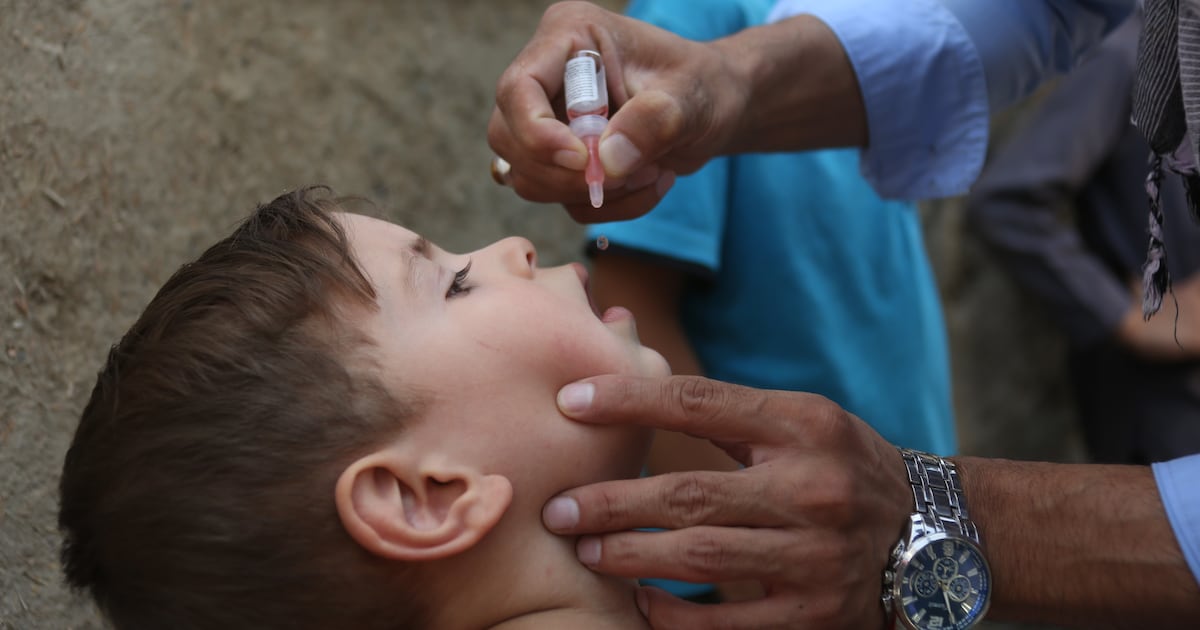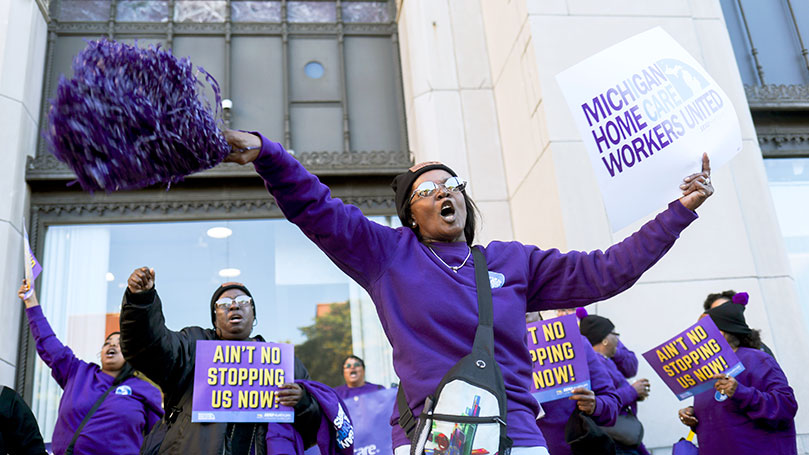Civil rights groups and lawmakers stand together for diversity and equal opportunity – Northwest Asian Weekly

Congressional Resolution on Diversity, Equity, Inclusion, and Accessibility: A Report on Alignment with Sustainable Development Goals
Introduction: Legislative Action for Inclusive Institutions
A coalition of six prominent Congressional Caucuses has introduced a joint resolution affirming the principles of diversity, equity, inclusion, and accessibility (DEIA). This legislative action frames these principles as fundamental to national prosperity, security, and democracy. The resolution directly addresses the need for strong, inclusive institutions, a cornerstone of Sustainable Development Goal 16 (Peace, Justice and Strong Institutions), by seeking to counteract efforts that undermine progress in civil rights and equal opportunity.
Core Objectives and Alignment with SDG 10 (Reduced Inequalities)
The resolution’s primary objective is to reduce systemic inequalities within the nation, a goal that is in direct alignment with SDG 10 (Reduced Inequalities). It calls for a multi-level commitment to dismantle discriminatory structures and promote fairness for all citizens, particularly those from historically marginalized groups. Key mandates of the resolution include:
- The universal promotion of inclusivity across all levels of government, educational institutions, and workplaces.
- The active removal of systemic barriers that hinder access to opportunity.
- The guarantee of equal access to resources and services, with a specific focus on communities that have faced historical discrimination.
Participating Caucuses and Broader SDG Implications
The collaborative nature of this resolution highlights a multi-faceted approach to sustainable development. The participating caucuses represent a broad spectrum of communities, reinforcing the interconnectedness of various SDGs.
- Congressional Asian Pacific American Caucus (CAPAC)
- Congressional Black Caucus
- Congressional Equality Caucus (CEC)
- Congressional Hispanic Caucus
- Democratic Women’s Caucus
- Congressional Diversity, Equity, & Inclusion Caucus
The involvement of these specific groups underscores the resolution’s impact on several key development goals:
- SDG 5 (Gender Equality): The participation of the Democratic Women’s Caucus and the Congressional Equality Caucus, which advocates for LGBTQI+ rights, directly supports the goal of achieving gender equality and empowering all women, girls, and gender minorities.
- SDG 4 (Quality Education): By mandating that educational institutions uphold inclusivity, the resolution contributes to ensuring inclusive and equitable quality education and promoting lifelong learning opportunities for all.
- SDG 8 (Decent Work and Economic Growth): The emphasis on creating equitable workplaces where every individual has a “fair shot at success” promotes inclusive economic growth and decent work for all.
Endorsements from Civil Society
The resolution has received substantial backing from a wide array of civil rights and advocacy organizations. This broad support from non-governmental stakeholders exemplifies the multi-stakeholder partnership model essential for achieving the Sustainable Development Goals. Key endorsing organizations include:
- NAACP Legal Defense Fund
- Asian Americans Advancing Justice | AAJC
- The National Women’s Law Center Action Fund
- Race Forward
- The Jewish Council for Public Affairs
SDGs Addressed in the Article
SDG 10: Reduced Inequalities
- The article’s central theme is the promotion of diversity, equity, inclusion, and accessibility (DEIA) to combat systemic discrimination. This directly aligns with SDG 10, which aims to reduce inequality within and among countries. The joint resolution specifically calls for equal opportunity and the removal of barriers for “marginalized communities that have historically faced systemic discrimination,” including various racial and ethnic groups (Asian Americans, Native Hawaiians, Pacific Islanders, Black, Hispanic) and the LGBTQI+ community.
SDG 16: Peace, Justice and Strong Institutions
- The article discusses a “joint resolution” introduced by Congressional Caucuses, which is a formal action within a legislative institution. This relates to SDG 16’s goal of building effective, accountable, and inclusive institutions. The resolution’s call for “all levels of government” to uphold inclusivity and the emphasis on protecting “civil rights and nondiscrimination protections” are central to ensuring justice and strong, non-discriminatory institutions.
SDG 5: Gender Equality
- The involvement of the “Democratic Women’s Caucus” in co-sponsoring the resolution and the support from the “National Women’s Law Center Action Fund” explicitly connect the article’s issues to SDG 5. The resolution’s broad call for “equal opportunity for all” and an end to discrimination inherently includes ending discrimination against women and promoting their full participation in public life.
Specific SDG Targets Identified
SDG 10: Reduced Inequalities
- Target 10.2: “By 2030, empower and promote the social, economic and political inclusion of all, irrespective of age, sex, disability, race, ethnicity, origin, religion or economic or other status.” The article directly supports this target by advocating for a future where “everyone can succeed and thrive.” The resolution is backed by caucuses representing Asian Pacific Americans, Black Americans, Hispanic Americans, the LGBTQI+ community, and women, demonstrating a clear intent to promote the inclusion of these specific groups.
- Target 10.3: “Ensure equal opportunity and reduce inequalities of outcome, including by eliminating discriminatory laws, policies and practices and promoting appropriate legislation, policies and action in this regard.” The joint resolution is a form of “promoting appropriate legislation.” The article also mentions the need to “roll back the progress we have made to ensure equal opportunity for all,” which highlights the importance of upholding non-discriminatory policies and practices as per this target.
SDG 16: Peace, Justice and Strong Institutions
- Target 16.7: “Ensure responsive, inclusive, participatory and representative decision-making at all levels.” The collaboration of six distinct and diverse Congressional Caucuses to introduce a joint resolution is a direct example of inclusive and representative decision-making within a key governmental institution.
- Target 16.b: “Promote and enforce non-discriminatory laws and policies for sustainable development.” The entire purpose of the resolution is to affirm DEIA principles and counter attacks on them, which is a direct effort to “promote and enforce non-discriminatory laws and policies.” Rep. Takano’s criticism of efforts to “undermine civil rights and nondiscrimination protections” further underscores this connection.
SDG 5: Gender Equality
- Target 5.1: “End all forms of discrimination against all women and girls everywhere.” The resolution’s call to remove barriers and ensure equal opportunity for all, supported by the Democratic Women’s Caucus, directly addresses the need to end discrimination that affects women.
- Target 5.5: “Ensure women’s full and effective participation and equal opportunities for leadership at all levels of decision-making in political, economic and public life.” The active role of the Democratic Women’s Caucus in introducing this major resolution is a clear example of women’s participation in political decision-making.
Indicators for Measuring Progress
SDG 10: Reduced Inequalities
- Implied Indicator (related to 10.3.1): The article implies the relevance of measuring perceived discrimination. Rep. Grace Meng’s statement that for many, a “fair shot at success… is simply not the reality” due to ongoing discrimination suggests that the proportion of the population reporting experiences of discrimination is a key, albeit unstated, metric.
SDG 16: Peace, Justice and Strong Institutions
- Indicator: The introduction of the “joint resolution” itself serves as a tangible indicator of legislative action being taken to promote non-discriminatory policies.
- Indicator: The existence and strength of “civil rights and nondiscrimination protections” are implied as a key indicator. The article frames the political struggle around efforts to “undermine” or “protect” these legal frameworks.
SDG 5: Gender Equality
- Indicator: The participation of the “Democratic Women’s Caucus” in sponsoring the resolution serves as an indicator of women’s representation and influence in political institutions.
Summary of Findings
| SDGs | Targets | Indicators Identified in the Article |
|---|---|---|
| SDG 10: Reduced Inequalities | 10.2: Promote social, economic, and political inclusion of all. 10.3: Ensure equal opportunity and eliminate discriminatory policies. |
Implied measurement of the proportion of the population feeling discriminated against, based on statements about the lack of a “fair shot at success.” |
| SDG 16: Peace, Justice and Strong Institutions | 16.7: Ensure responsive, inclusive, and representative decision-making. 16.b: Promote and enforce non-discriminatory laws and policies. |
The introduction of the “joint resolution” as a legislative action. The status and strength of “civil rights and nondiscrimination protections.” |
| SDG 5: Gender Equality | 5.1: End all forms of discrimination against women. 5.5: Ensure women’s full participation and equal opportunities for leadership. |
The active participation of the “Democratic Women’s Caucus” in the legislative process. |
Source: nwasianweekly.com

What is Your Reaction?
 Like
0
Like
0
 Dislike
0
Dislike
0
 Love
0
Love
0
 Funny
0
Funny
0
 Angry
0
Angry
0
 Sad
0
Sad
0
 Wow
0
Wow
0



























;Resize=805#)


















































